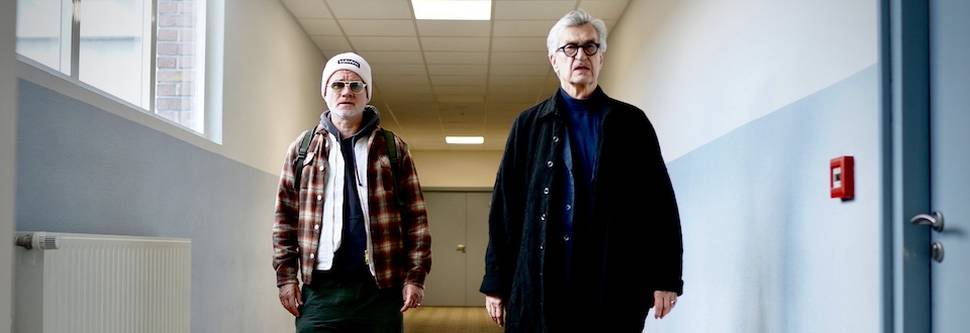
Short film The Keys to Freedom shot with period French glass from Vantage Paris
Vantage Paris recently had the privilege to support a unique historical project commemorating the cessation of hostilities between France and Germany at the end of World War II. The resulting short film, directed by Wim Wenders, is titled The Keys to Freedom, and it depicts the signing of the agreement on May 8, 1945, exactly 80 years ago. The film was shot in the actual location in Reims, France, which has been maintained as a museum and memorial from that day, when it was the headquarters of the American forces and its location was one of the most closely guarded secrets in Europe.
The project was initiated by the German government, which worked with legendary director Wim Wenders and the ad agency Scholz & Friends. Wenders enlisted director of photography Franz Lustig, his collaborator on Perfect Days, The Land of Plenty, Don’t Come Knocking, Anselm, and numerous fresh and inventive shorts including Some Body Comes Into the Light, A Future Together, and Two or Three Things I Know About Edward Hopper, among other projects.
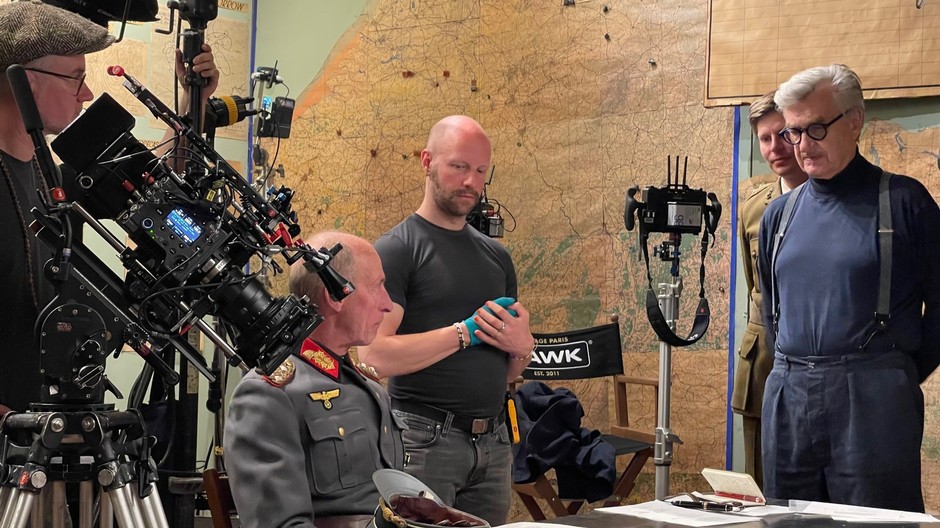
The project had a minimal budget, a skeleton crew and a two-day shooting schedule with two prep days. The newly created images would be augmented by archival footage. With that in mind, in consultation with Vantage Paris, Lustig chose to shoot with French-made Kinoptik Paris Apochromat lenses, which, among other attributes, deliver imagery that is reminiscent of the era, which is when they were first manufactured.
Kinoptik was founded in 1932 in Paris by Messieurs Grosset and Perthius to make advanced optical systems for research, military and civilian applications. In 1944, they expanded into lenses and viewfinders for 35 mm cine cameras, and these lenses are still prized in the film industry for their robustness and high quality. For many years, the Kinoptik Tégéa 9.8mm f1.8 was known as the widest focal length cinema-quality lens available.
From Vantage’s earliest days, the company’s principals, Peter Martin and Wolfgang Baumler, have been fascinated with all varieties of optics and lenses. Around the time that Vantage Paris opened, Peter Martin’s curiosity led to the discovery that Kinoptik also made regular primes – not a well-known fact in Germany at that time. With persistence, Martin found a phone number on a disused MS-DOS website, and upon calling it, Bscheidl found that although manufacturing of the Kinoptik Apochromat line had ceased many years earlier, the company still had a couple of sets on the shelf and were willing to sell them at a reasonable price. Vantage spent two years having them rehoused and brought up to the company’s high standards. Special engravings on the lens caps, under the classic Kinoptik logo, read “RE-DISCOVERED BY VANTAGE.” When Kinoptik Paris ceased operations, the company passed their spare parts and related hardware along to Vantage.
Today, the company feels a custodial responsibility for keeping the lenses maintained and available to filmmakers.
“These lenses are very special,” says Bscheidl. “They offer a simple design, ‘50s coatings, nice halation, vivid colors and an interesting spinning bokeh. Pairing them with a historically important project like The Keys to Freedom, which is set in the same time period that produced these lenses, was just a perfect match.”
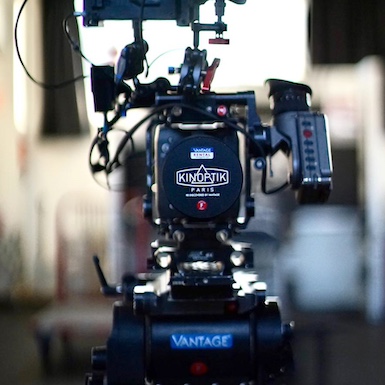
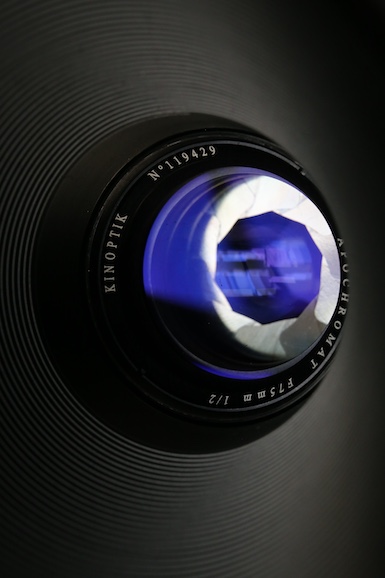
Lustig had previously used the Kinoptiks on his 2019 feature The Aftermath, also set in the postwar era. (He also used MiniHawk Hybrid Anamorphics on that project.)
“The Keys to Freedom was done for a very good cause,” says Lustig, “and it was very important to do it right. It’s a contract that became the base for 80 years of peace, and we must value that. I’m super happy with the Kinoptik lenses because they bring a historical touch that I really love. I remembered them from The Aftermath, but much of this new film is in black and white, and we needed to match a harsher, higher contrast context. The lenses were perfect for this. The film looks authentic and feels real.”

The camera was a Sony Venice model set to capture 4K resolution, also provided by Vantage Paris. The camera was usually on a slider or handheld. The Kinoptiks were augmented by an Angenieux 17-102 zoom. After some experimentation, a 16:9 aspect ratio was chosen, with the frame extracted from the more square archival images. Lustig used the entire set, which consists of eight focal lengths ranging from 18mm to 150mm.
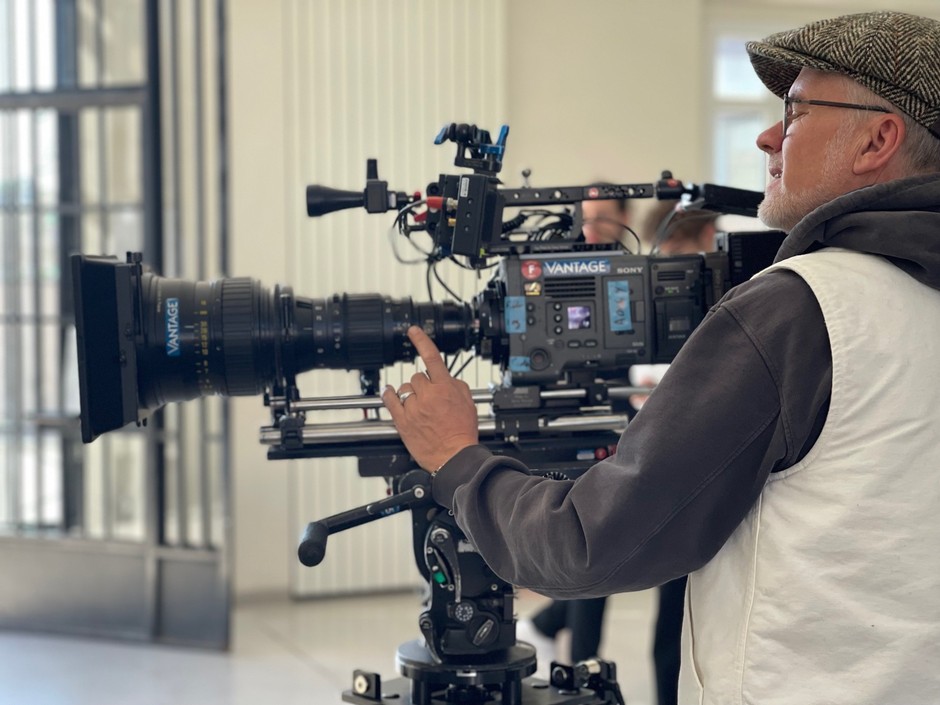
“We used the 18mm for a beautiful, very organic shot with the soft Spring blossoms in the foreground and the famous cathedral in the background,” says Lustig. “It’s gloomy, but gloomy in a good way. Everyone agreed that it was breathtaking when we saw it in the grading. And that’s just the effect of the lenses. The 18mm is quite something – very soft, almost like having a filter on. At certain points you can recover the contrast. We had some luck – we had sun, and perfect light."
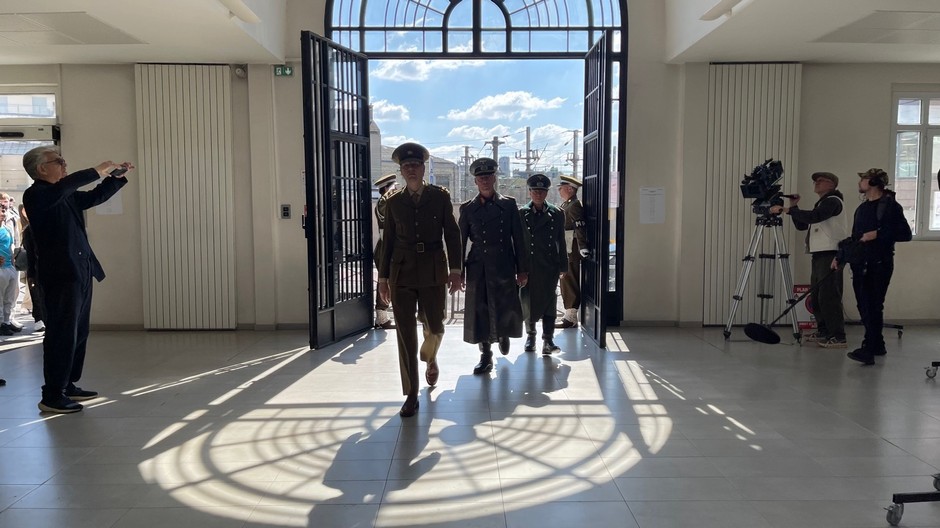
“I always want the look of film,” says Lustig. “And for me, the best way to do that is using old glass and experimenting, something Vantage is very good at.”
First AC Stella Libert says that working on the project was a rare privilege. “Beyond the subject matter, there is a particular resonance with current events,” she says. “Wim and Franz move forward without rushing, patiently waiting for the exact moment when the light casts a shadow, when the sun sculpts the space and brings the desired image to life – a rare luxury. This peace, once taken for granted, is now fragile and rests in our hands. And what better symbol of European solidarity than to film this story with a Franco-German technical crew, to work with Vantage, and to use the French Kinoptik lenses?”
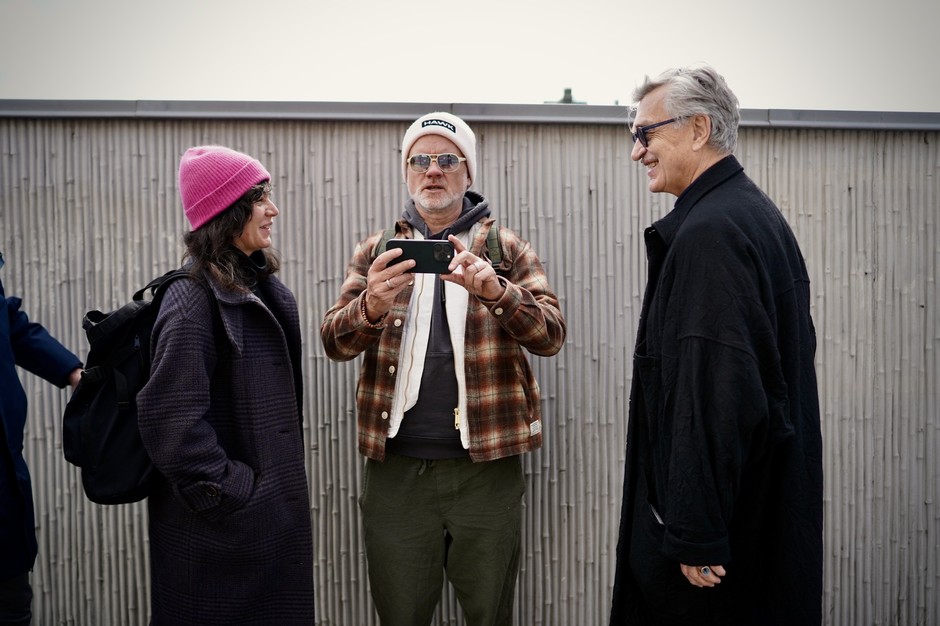
Alexander Bscheidl of Vantage Paris is uniquely positioned to support the project – his background and life experience includes both French and German threads. Similarly, Vantage Paris blends a deep understanding of French culture and business with Vantage’s corporate philosophies and practices, which have Bavarian roots.
“It means so much that for 80 years, France and Germany have enjoyed peace, collaboration and friendship,” says Bscheidl. “It’s an example for the world of how nations can work together for mutual success. When Franz described the project to me, I knew we had to support it in any way we could. The times demand it.
“The Kinoptiks were Franz’s first choice – and a perfect choice,” Bscheidl says. “We’re proud and honored to have served this project. It was not a business decision – we feel it’s our duty, and a very pleasing and satisfying endeavor to be part of, in so many ways.”
Watch the short film here.
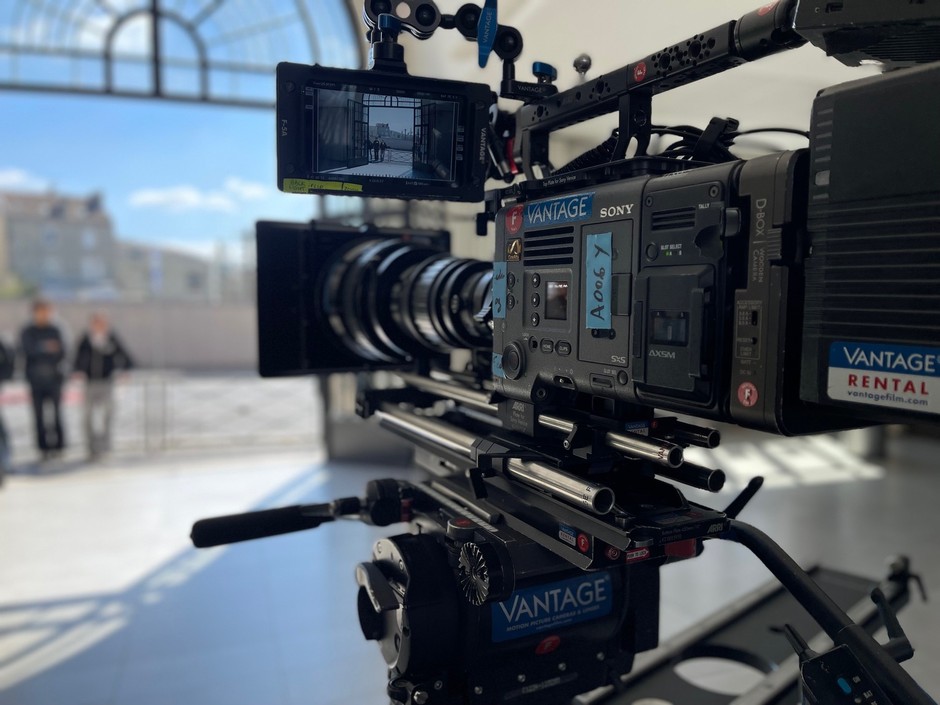
Camera Crew:
Director of Photography - Franz Lustig
1st AC - Stella Libert
2nd AC - Yannig Dumoulin
3rd AC & Videooperator - Valence de Compreignac.
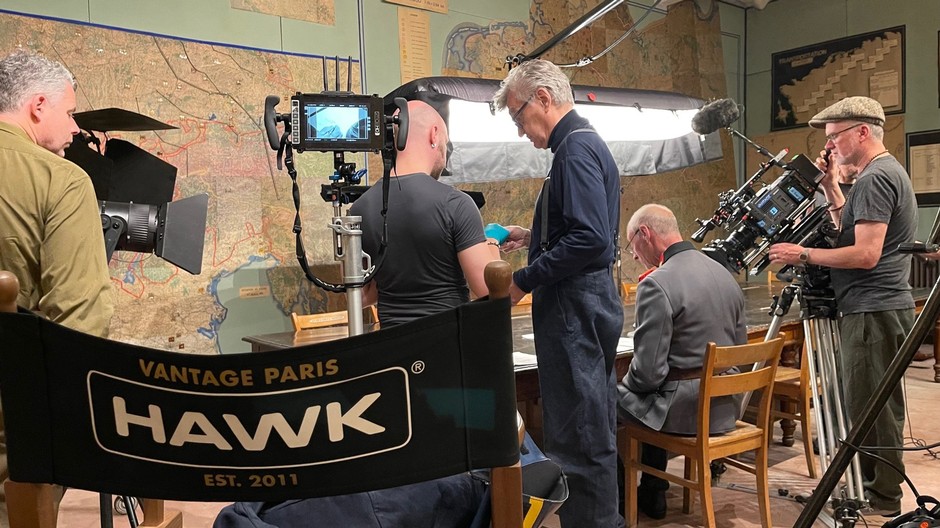
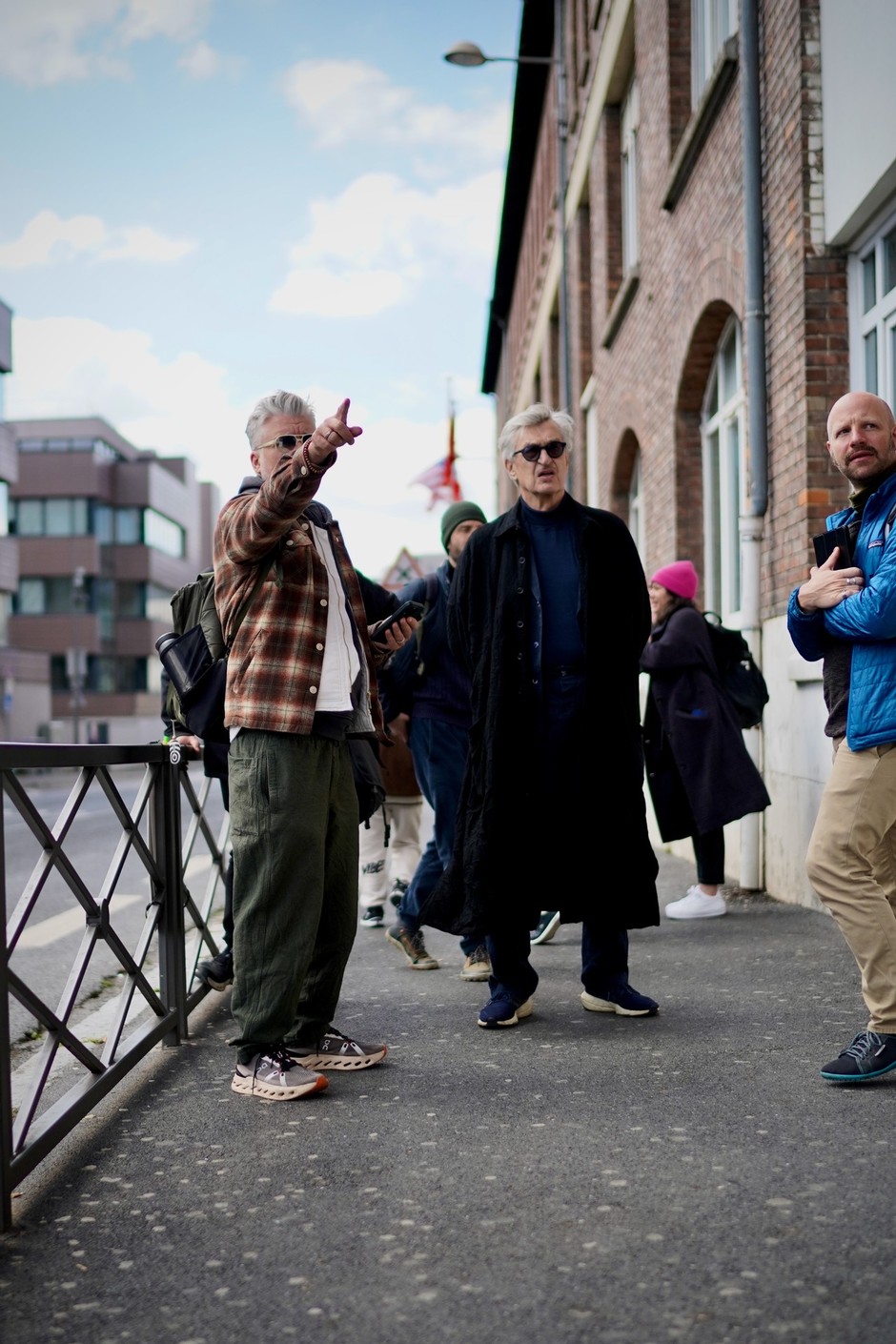
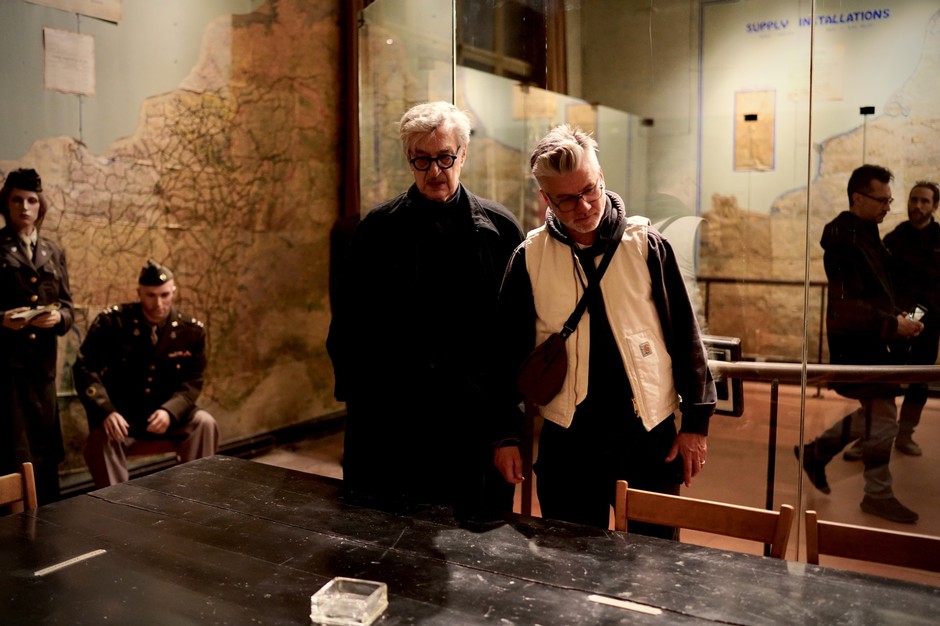 images: Mirko Derpmann, Franz Lustig, Stella Libert
images: Mirko Derpmann, Franz Lustig, Stella Libert